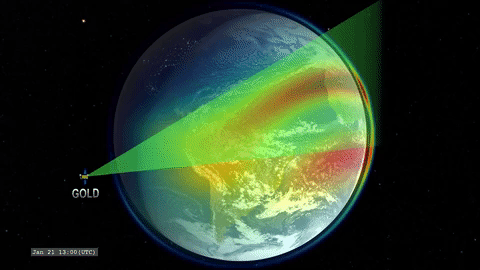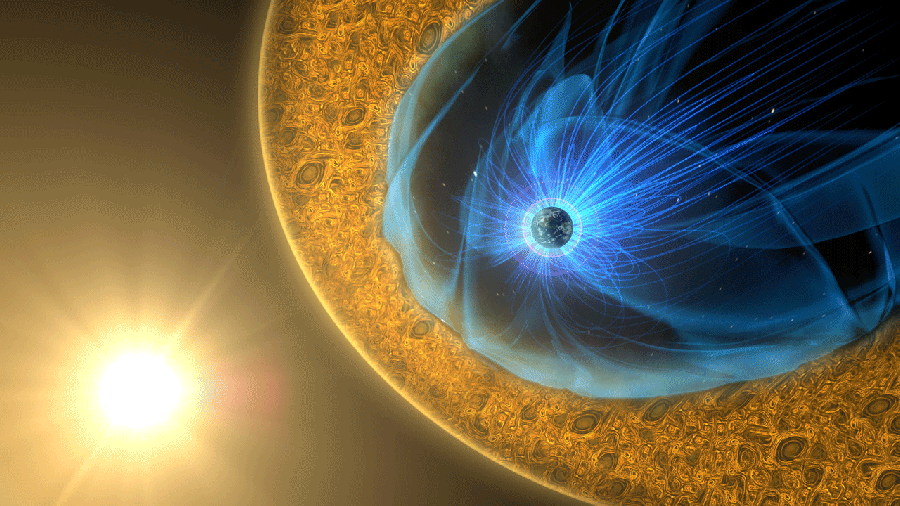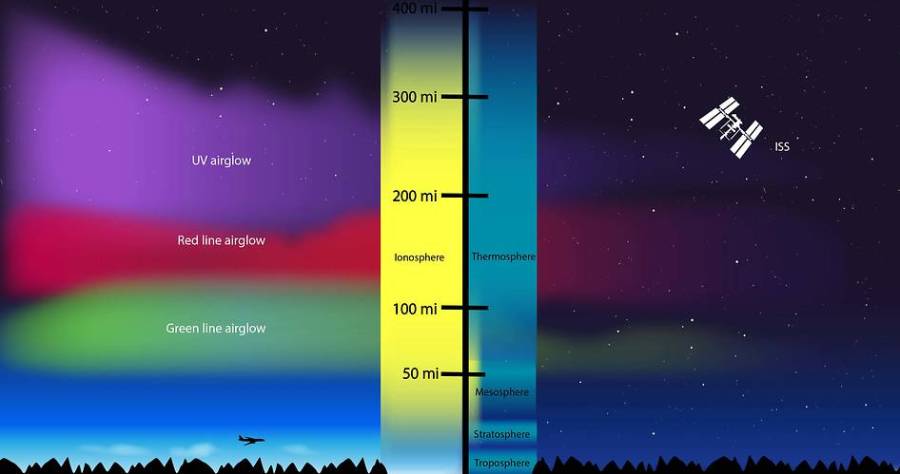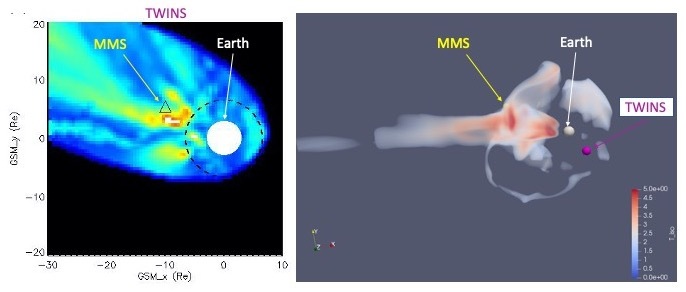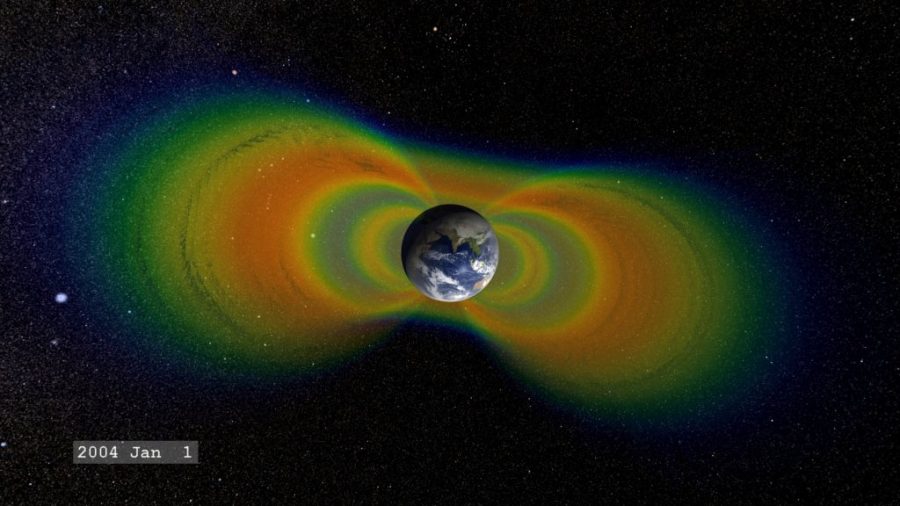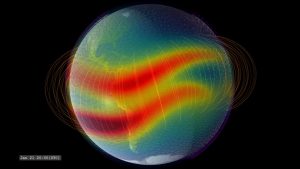By Miles Hatfield NASA's Goddard Space Flight Center New results from NASA satellite data show that space weather – the changing conditions in space driven by the Sun – can heat up Earth's hottest and highest atmospheric layer. The findings, published in July in Geophysical Research Letters, used data from NASA's Global Observations of the …
In Earth’s Highest Atmospheric Layers, Space Weather Can Really Heat Things Up
